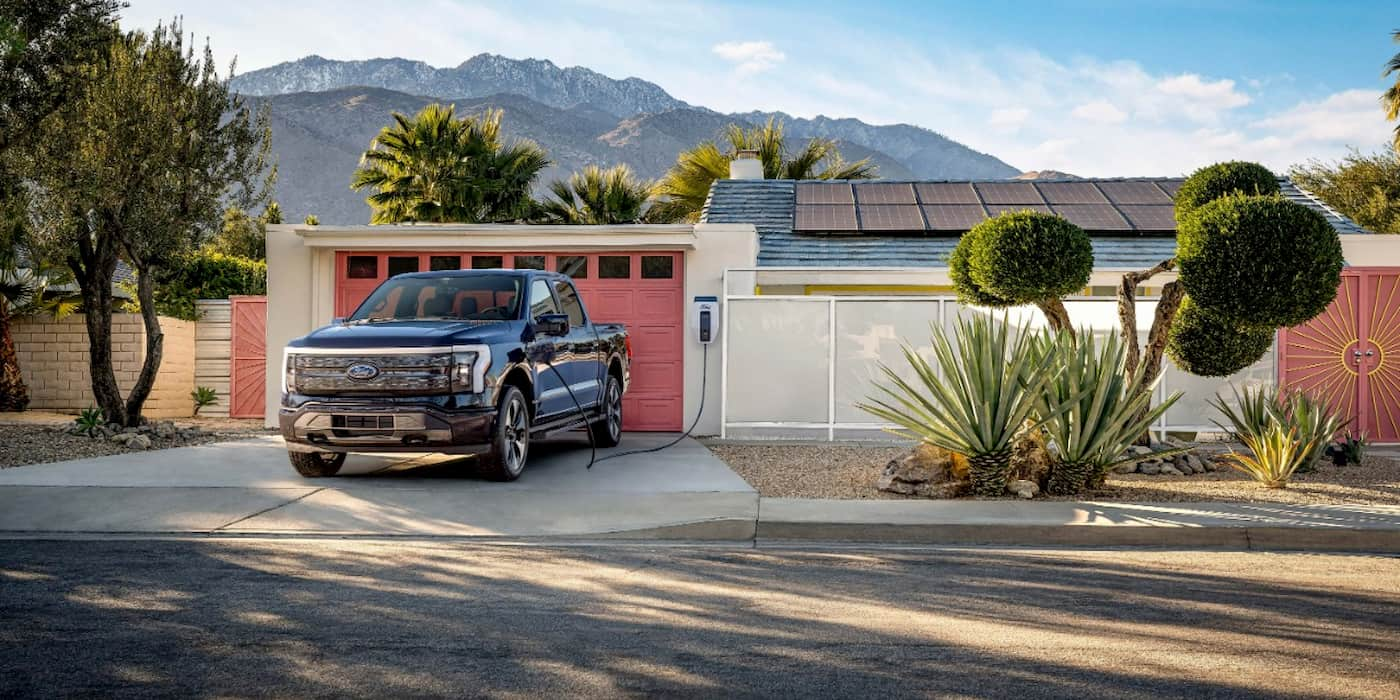New V2X program will study how bidirectional EV charging can lower utility costs

Bidirectional charging allows EV owners to use energy from their car batteries to power their homes or send the energy back to the grid. The innovative technology can save EV drivers money on utility costs while helping lower electricity demand during peak periods.
The post New V2X program will study how bidirectional EV charging can lower utility costs appeared first on Electrek.
Bidirectional charging allows EV owners to use energy from their car batteries to power their homes or send the energy back to the grid. The innovative technology can save EV drivers money on utility costs while helping lower electricity demand during peak periods.
How bidirectional EV charging can bring down utility costs
EV drivers are quickly learning their cars are good for more than just zero-emission driving. Electric vehicles utilize powerful, compact batteries that can charge and discharge quickly and efficiently.
The ability to send energy back and forth from the vehicle to the grid (V2G) and vice versa is a significant benefit of owning an EV. If deployed properly, it can save utility customers money while protecting the US’s aging grid infrastructure.
Companies like PG&E and Duke Energy are launching programs aimed at studying the best ways to utilize this technology.
Duke Energy partnered with Ford F-150 Lightning owners in August to use the EV pickup’s powerful battery to supply energy during peak hours, lowering grid intensity and savings across the network.
PG&E is initiating a program of its own to test bidirectional EV charging for homes, for businesses, and with local microgrids.
PG&E launches V2X pilot to test EVs as mobile batteries
Pacific Gas and Electric Company (PG&E) is rolling out three new Vehicle-to-Everything (V2X) pilot programs to determine the best practices to maximize bidirectional EV charging benefits for consumers and the grid.
In a press release Tuesday, PG&E invited customers to participate in a pre-enrollment for its new V2X program.
The plan involves allowing EV drivers to utilize their vehicle’s battery, leveraging it to earn money and offset energy use when demand is the highest. Participation involves:
- Powering your property temporarily when there’s an outage.
- Charging your vehicle during times with less demand while using the EVs power when energy during peak hours (4 p.m. to 9 p.m.).
- Earning additional revenue incentives from sending energy back to the grid during high-demand periods.
Users will earn an upfront payment and performance-based incentives for participating in the V2X program. Enrollment in PG&E’s Emergency Load Reduction Program can provide additional savings, which can help offset the costs of buying and installing a bidirectional EV charger.
The incentives include:
V2X Residential
- Up to $2,500 upfront ($3,000 for customers in disadvantaged communities).
- Up to $2,175 additional for providing stored energy to the grid in times of high demand through auto-enrollment in the ELRP demand response program.
V2X Commercial
- Up to $2,500 upfront ($3,000 for customers in disadvantaged communities) for installing a three-phase bidirectional charger less than 50 kW.
- Up to $3,625 additional for providing stored energy to the grid in times of high demand through auto-enrollment in the ELRP demand response program.
- Up to $4,500 upfront ($5,000 for customers in disadvantaged communities) for installing a three-phase bidirectional charger greater than or equal to 50 kW.
- Up to $3,625 additional for providing stored energy to the grid in times of high demand through auto-enrollment in the ELRP demand response program.
V2X Microgrids
- Up to $3,750 for providing stored energy to the grid in times of high demand through auto-enrollment in the ELRP demand response program.
- Can stack incentives with V2X Residential or Commercial
Currently, the only EV to qualify is the Ford F-150 Lightning. However, EVs based on the Hyundai Motor Group’s E-GMP platform, including the Hyundai IONIQ5, Kia EV6, and Genesis GV60, are expected to be eligible between 2023 to 2024, followed by VW ID.4 (2023-2024), Porsche Taycan (2024), GM Silverado (2024), Volvo EX90 (2024-2025), and Polestar 3 (2025).
Electrek’s Take
Bidirectional charging can play a critical role in transitioning to a green energy economy. The rising frequency of extreme weather events is testing the aging US grid infrastructure, simultaneously increasing energy demand while limiting the ability to generate it.
One way to solve this is by implementing widespread renewable energy like wind and solar, but this will take time to deploy.
In the meantime, electric vehicles can play an integral role. EVs with bidirectional charging capabilities can help reduce stress on the grid during peak demand hours while saving on utility costs.
FTC: We use income earning auto affiliate links. More.



